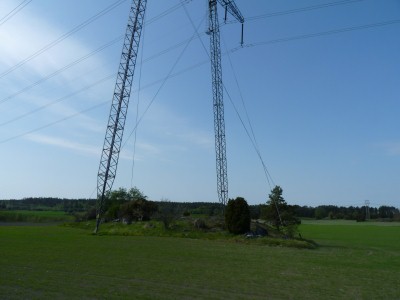
They've gone for the flexible, lightly constructed, tied together with string approach.
Don't panic. They remind me of a largish swiss quad aerial I once built which looked equally flimsy but was very robust. It works!
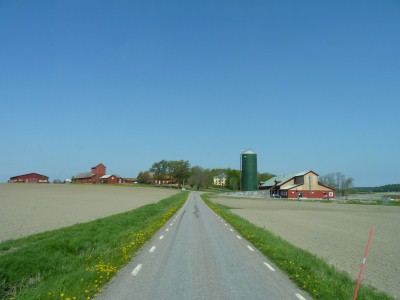
Larger farms than the smallholdings we've seen in clearings in the woods.
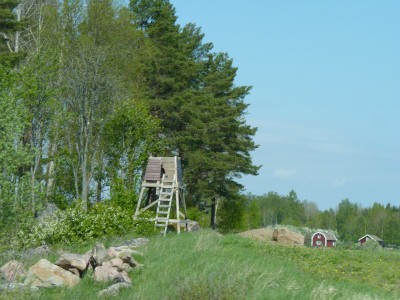
Haven't seen a lot that needs shooting yet though.

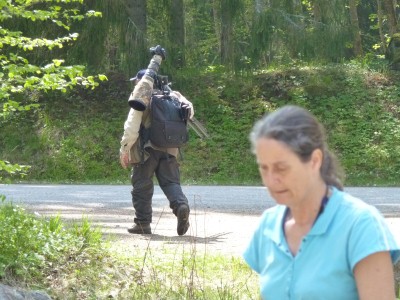
We irreverently wondered how he could get far enough away to photograph anything.
Nothing to do with us feeling poorly equipped!
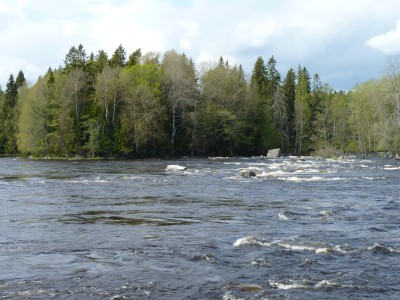
We stopped the night just across the river in a nature reserve car park. The space was left to us by a gentleman who had spent the last 5 years as a nomadic motorhomer in Sweden.
No-one else around.
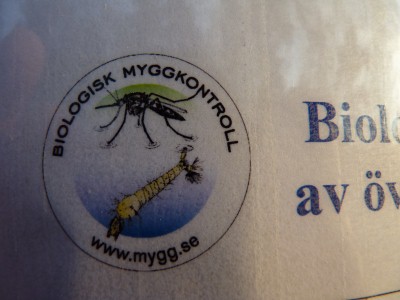
Below it was a map with some areas marked with crosshatching.
The season for mosquitoes and midges is yet to arrive.
We later learned that Gysinge is home to a large proportion of Sweden's bighting insect population.
As we move north we are hoping they stay at home.
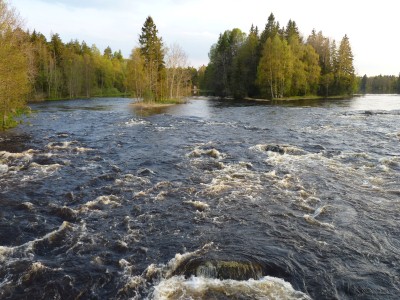
We haven't yet got used to the long daylight hours.
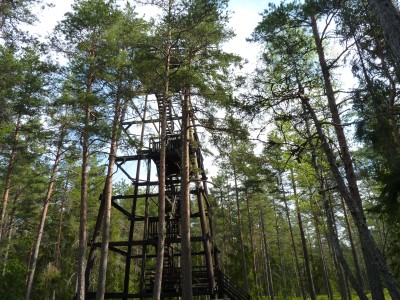
Built around 1997 inside the national park.
About 30m high.
We found our way here by following the map in the pamphlet (English version) that was available in a box near the rapids.
Fortunately the map showed the gates on the dirt roads so we could find our way until some signposts showed up.
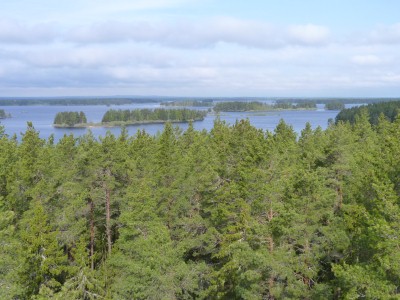
There's one flight of 8 steps and six flights of 14 steps.
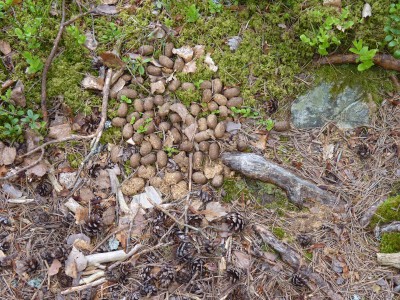
We didn't think too much about it until a few days later.

A nice spot for walkers to spend the night.
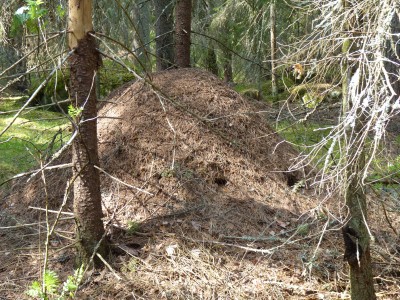
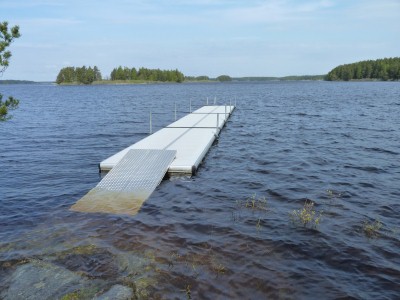
It means the waders can't reach the bottom so have gone elsewhere.
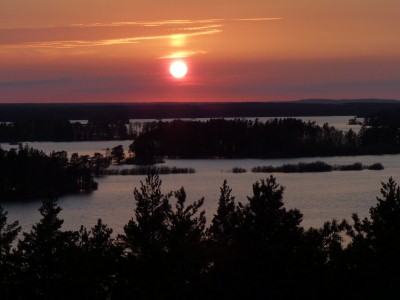
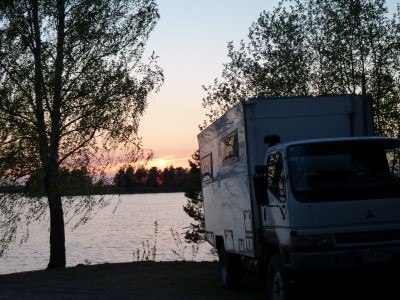
Maintaining a sense of direction from the sun is occasionally difficult. It only vaguely rises towards the east and sets towards the west.
Having been brought up in the northern hemisphere then spent a lot of years in the southern hemisphere I can easily become totally disoriented.
One of life's ambitions is to experience 24 hour sunshine. Then it won't matter which way I look.
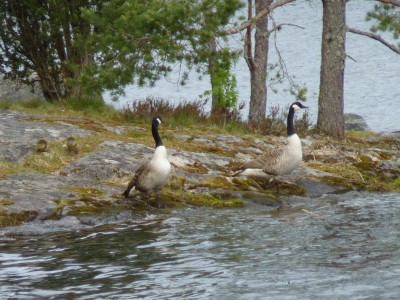
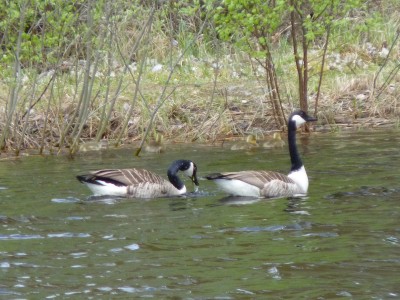
We must have walked past them earlier in the day when mum and dad were away.
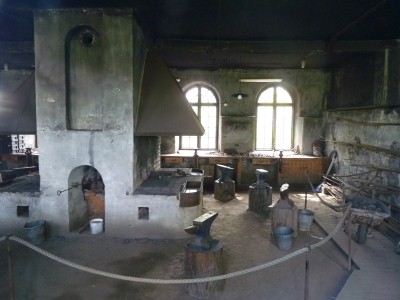
This is the Lancashire Smithy though why its called that I have no idea.
There are four forges like this in the building and a mechanical hammer.
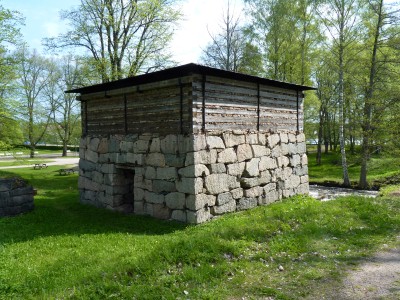
Modern ones are round and have obvious means of blowing air through them above the hearth.
As well as the opening on the left the other two sides had what looked like tapholes.
Presumably one for the iron and one for the slag. I always thought the art of iron making was to have a molten slag which would flow out of the furnace. The iron is easily molten. A lot of similarities between slag chemistry and magma, some of the results of which we saw in the different Cuillin Hills of Skye.
There was once a superstructure above the furnace to allow charcoal and ore to be charged.
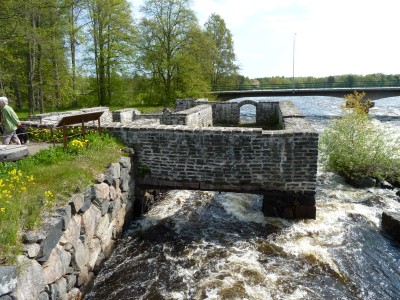
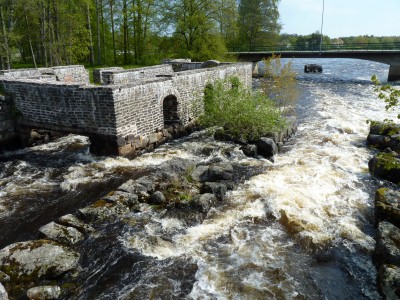
If I've got my metallurgical history right then not far from here the first Bessemer steel furnace was operated. A major step forward in steel making.
Also near here, possibly in Gysinge, Siemens built the first electric arc steelmaking furnace.
We are on part of what has been dubbed "The Iron Route". Full of Sweden's industrial history.
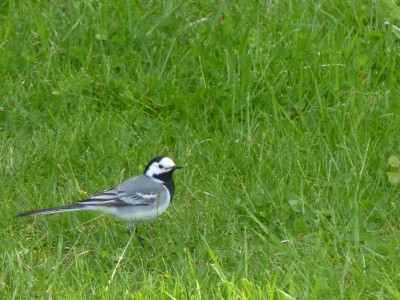
The only small birds that let us get close enough to photograph.
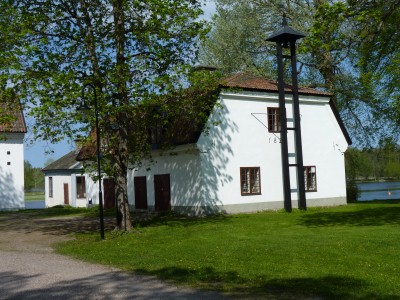
Couldn't translate the sign so we don't know what the bell is for..
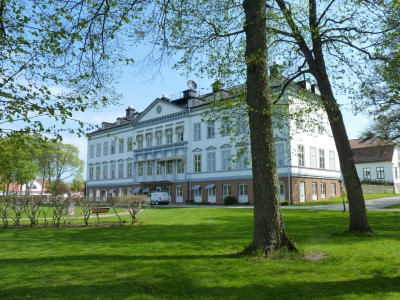
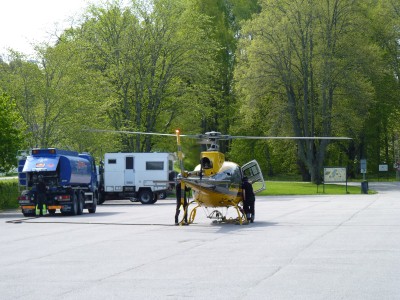
Not a safety notice in sight! But we felt quite safe.
There were a couple of bits of technology at the edge of the car park.
One looked like one of those English pay and display machines. But, even allowing for our non existent Swedish, it was very obviously a fishing license dispenser. Trout and Grayling.
The other was a set of what looked like parking meters with nowhere to put money in. We think power points for recharging electric cars.
The helicopter (and Tardis) had to settle for more conventional fuel.
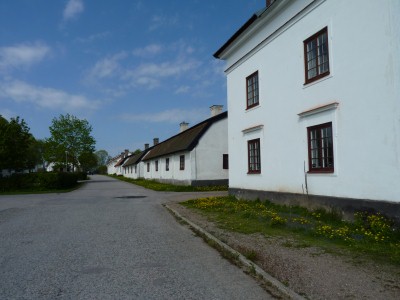

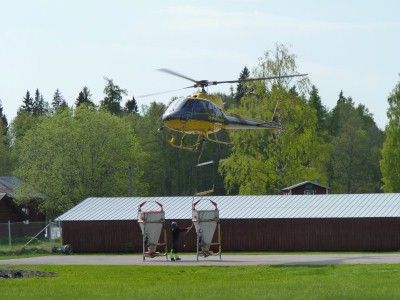

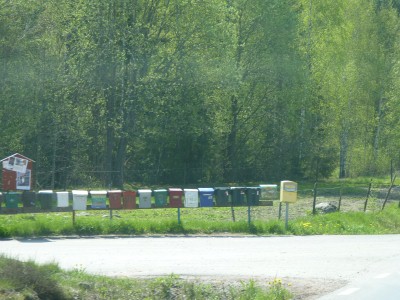
Letterboxes outside individual homes must be a pain for the posty. And visiting every one delivery must be more expensive.
Post boxes at the local post office are a pain for the person collecting their mail. How do they know when there's something to collect without visiting the post office?
So. Collections of post boxes near collections of houses. A sort of halfway compromise between bureaucrats and consumers.
We like Sweden!